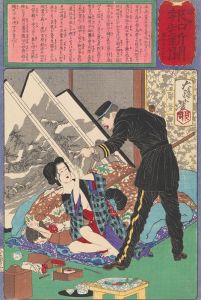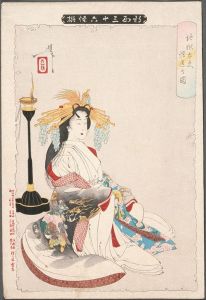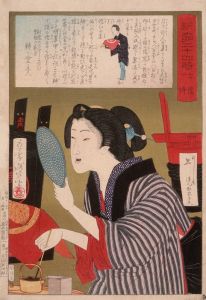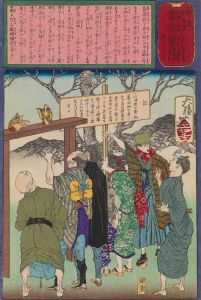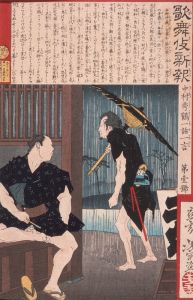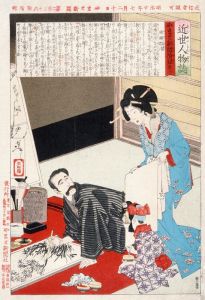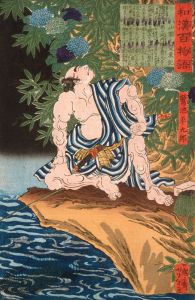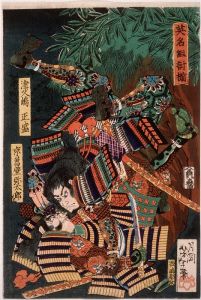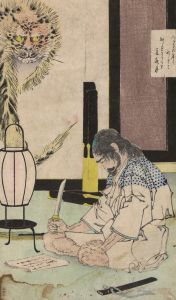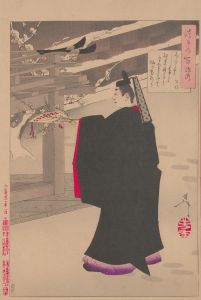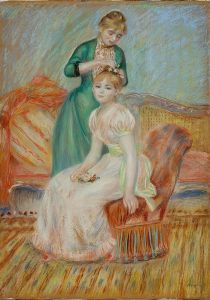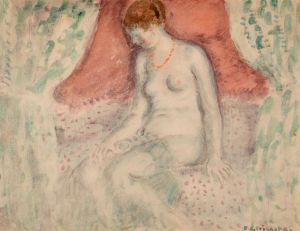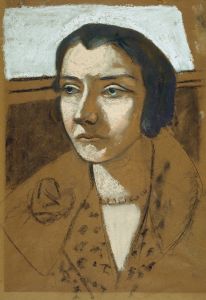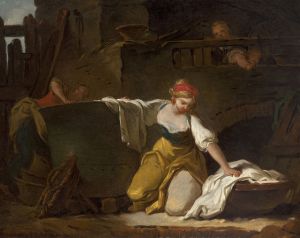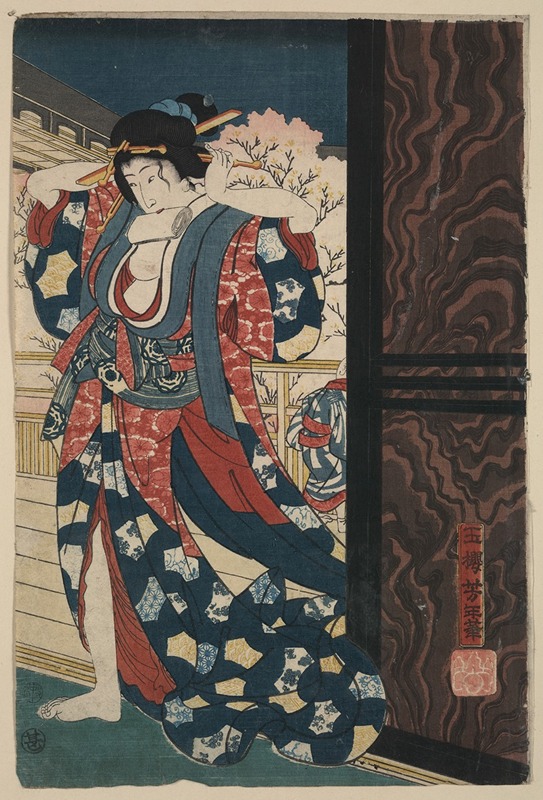
Mage o naosu yūjo
A hand-painted replica of Tsukioka Yoshitoshi’s masterpiece Mage o naosu yūjo, meticulously crafted by professional artists to capture the true essence of the original. Each piece is created with museum-quality canvas and rare mineral pigments, carefully painted by experienced artists with delicate brushstrokes and rich, layered colors to perfectly recreate the texture of the original artwork. Unlike machine-printed reproductions, this hand-painted version brings the painting to life, infused with the artist’s emotions and skill in every stroke. Whether for personal collection or home decoration, it instantly elevates the artistic atmosphere of any space.
Tsukioka Yoshitoshi (1839–1892) was a prominent Japanese ukiyo-e artist, known for his innovative and dramatic woodblock prints. One of his works, "Mage o naosu yūjo" (translated as "Courtesan Adjusting Her Hair"), is a striking example of his artistry and attention to detail. This piece is part of Yoshitoshi's exploration of bijin-ga, or "pictures of beautiful women," a genre that was highly popular during the Edo and Meiji periods in Japan.
The artwork depicts a courtesan, a common subject in ukiyo-e prints, adjusting her hairstyle. The act of arranging one's hair was a significant and time-consuming ritual in the daily life of women in the Edo period, especially for courtesans, whose elaborate hairstyles were a symbol of their status and profession. Yoshitoshi's portrayal captures a moment of quiet introspection, emphasizing the grace and poise of the subject. The courtesan's kimono is intricately detailed, showcasing Yoshitoshi's skill in rendering textiles and patterns, which were often used to convey the character and social standing of the figure depicted.
Yoshitoshi created this work during a time of significant cultural and societal change in Japan. The transition from the Edo period (1603–1868) to the Meiji period (1868–1912) brought about rapid modernization and Western influence, which also affected the traditional art forms. Despite these changes, Yoshitoshi remained committed to the ukiyo-e tradition, while also incorporating new techniques and perspectives into his work. His ability to blend traditional themes with innovative approaches helped to revitalize the ukiyo-e genre during its decline in the late 19th century.
"Mage o naosu yūjo" reflects Yoshitoshi's interest in capturing human emotion and the subtleties of everyday life. Unlike some of his more dramatic or violent works, this piece focuses on a serene and intimate moment, highlighting his versatility as an artist. The use of soft colors and delicate lines adds to the overall sense of calm and refinement in the composition.
While specific details about the production date or the series to which this print belongs are not readily available, it is consistent with Yoshitoshi's broader body of work, which often celebrated the beauty and complexity of human experience. Today, Yoshitoshi is regarded as one of the last great masters of ukiyo-e, and his works, including "Mage o naosu yūjo," continue to be appreciated for their artistic and historical significance.





